After Anton Zeldin’s wife was involved in a fatal car accident, he chose to have her brain frozen with the hope that she can one day be brought back to life. Video Journalist: Irina Sedunova.


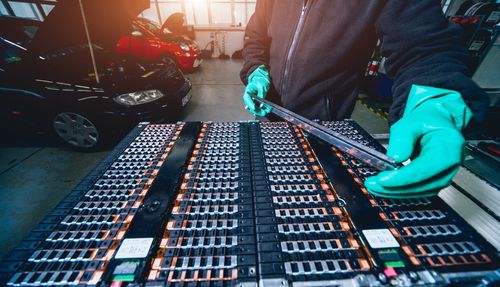
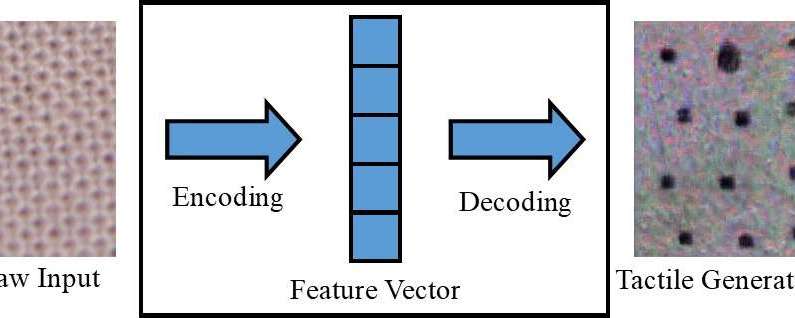
Perceiving an object only visually (e.g. on a screen) or only by touching it, can sometimes limit what we are able to infer about it. Human beings, however, have the innate ability to integrate visual and tactile stimuli, leveraging whatever sensory data is available to complete their daily tasks.
Researchers at the University of Liverpool have recently proposed a new framework to generate cross-modal sensory data, which could help to replicate both visual and tactile information in situations in which one of the two is not directly accessible. Their framework could, for instance, allow people to perceive objects on a screen (e.g. clothing items on e-commerce sites) both visually and tactually.
“In our daily experience, we can cognitively create a visualization of an object based on a tactile response, or a tactile response from viewing a surface’s texture,” Dr. Shan Luo, one of the researchers who carried out the study, told TechXplore. “This perceptual phenomenon, called synesthesia, in which the stimulation of one sense causes an involuntary reaction in one or more of the other senses, can be employed to make up an inaccessible sense. For instance, when one grasps an object, our vision will be obstructed by the hand, but a touch response will be generated to ‘see’ the corresponding features.”
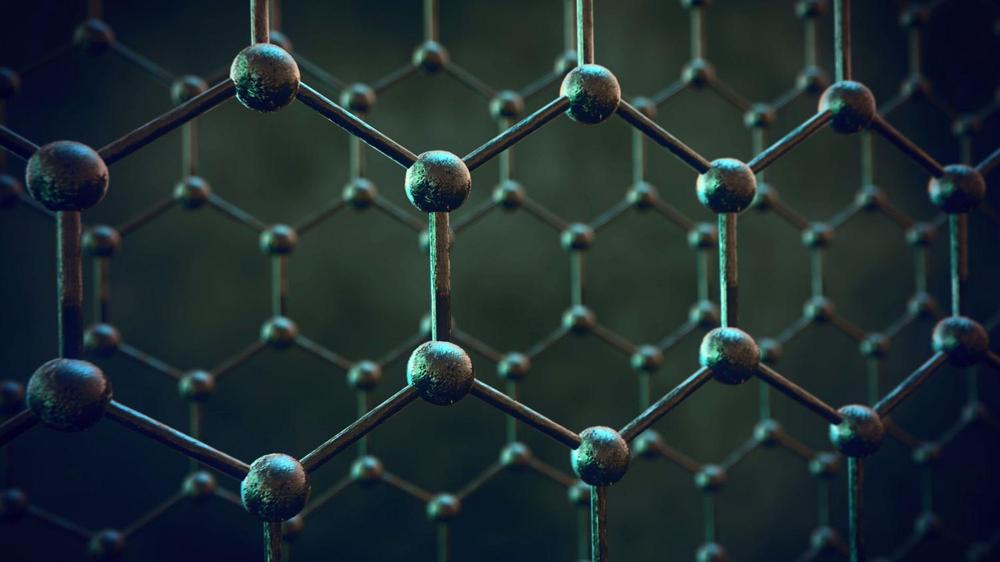
A team of researchers led by Dr. Nazmul Karim and Prof Sir Kostya Novoselov at The University of Manchester have developed a method to produce scalable graphene-based yarn.
Multi-functional wearable e-textiles have been a focus of much attention due to their great potential for healthcare, sportswear, fitness and aerospace applications.
Graphene has been considered a potentially good material for these types of applications due to its high conductivity, and flexibility. Every atom in graphene is exposed to its environment allowing it to sense changes in its surroundings, making it an ideal material for sensors.
Fluorocarbon based life? Could be possible. Wonder where this will go.
Chemists have now reported a facile method for the replacement of hydrogen with fluorine in important drug molecules. This new discovery enables the fine-tuning of existing (and potential new) pharmaceuticals to endow them with improved pharmacological properties.
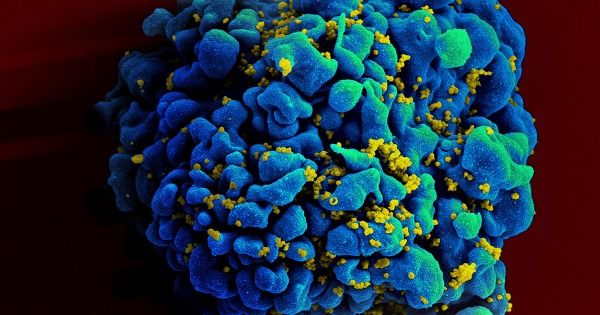
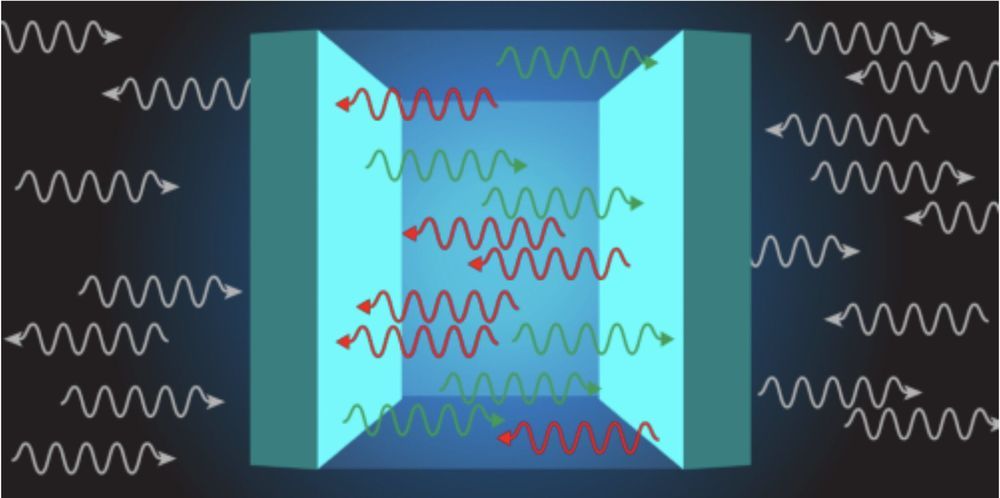
The force is strong not only in Star Wars lore but also as a fundamental property in physics. For example, scientists can put two uncharged metal plates close together in a vacuum, and “voila!” —-they will attract each other like Luke Skywalker and his trusted lightsaber.
In 1948, Dutch theoretical physicist Hendrick Casimir first predicted an attractive force responsible for this effect—later dubbed the Casimir effect. A half-century later, in 1996, the Casimir force was experimentally measured for the first time by Steve Lamoreaux at Los Alamos National Laboratory.
But just like the light and dark side of the force in Star Wars, scientists have wondered, can there be an equal yet opposite kind of Casimir force?
Circa 2013
Enlarge | +
One in five stars in our galaxy like the Sun have planets about the size of Earth and a surface temperature conducive to life, astronomers at UC Berkeley and University of Hawaii, Manoa now estimate.
The estimate was based on a statistical analysis of all the Kepler observations of NASA’s Kepler space telescope of the 200 billion stars in our galaxy.
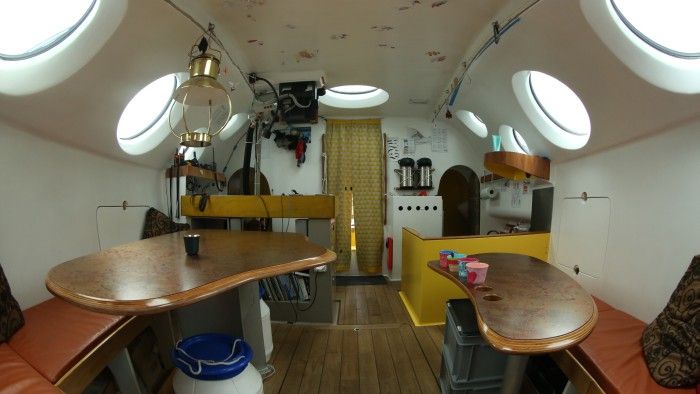
Abstract
The aim of the passive igloo project is to explore the possibilities of creating an ecological and self-sufficient habitat by using sound constructive measures and renewable energy resources to guarantee thermal comfort in the most severe cold climates.
The passive igloo is a self-sufficient housing module built into a polar exploration sailboat to accommodate a crew of 2 to 6 people in conditions of severe cold to live and work. In order to test the passive igloo, the boat was voluntarily trapped in the ice in North West Greenland during the winter of 2015–2016 and monitored during the 10 months of ‘stationary navigation’.

Porsche made headlines for a battery it says can be charged with 400 kilometers (250 miles) of range in 15 minutes. If Piëch’s claims about a 4:40 charge hold up, Engadget pointed out, they’ll blow Porsche’s technology out of the water.
“We have developed a sports car that we ourselves would like to buy, and we talked for a long time to many enthusiasts about what was missing on the market,” co-founder Toni Piëch said in the press release. “We want to offer a modern classic that isn’t subject to consumer cycles. The driver of this sports car should enjoy any minute they can spend in the car.”
READ MORE: Piëch’s electric coupe charges to 80 percent in five minutes [Engadget] .